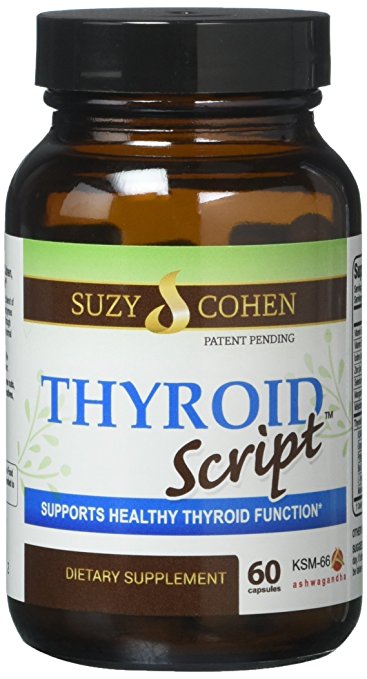
Your Thyroid Hormones Explained
Your thyroid gland, which is situated in the lower front part of your neck, produces hormones that play a role in a variety of functions throughout the body, and impact many other hormones outside the thyroid. The two main states of dysfunction seen in thyroid conditions are called hyperthyroidism (too much hormone) and hypothyroidism (too little), and can be induced by a number of different individual thyroid disorders. There are many conditions involving this gland, each of which presents a unique pathology and characteristic clinical picture, usually seen when lab values for these thyroid hormones fall outside their normal ranges.
What hormones are made by the thyroid gland?
Of the several “thyroid hormones” produced by this gland, there are two that are clinically relevant. One is called thyroxine, also known as T4, while the other is named triiodothyronine, commonly referred to as T3. They are both heavily involved in energy management and a variety of biochemical and metabolic reactions and functions throughout the body. While T4 is more abundant in the bloodstream, it is T3 (which is derived from the conversion of T4 in the kidneys and liver) that possesses the most potency and is thus responsible for most metabolic activity. In the event that a patient requires supplementation because of low hormone levels, both forms are available therapeutically, and an endocrinologist will be able to explain which is needed and why.
- What are the optimal levels of the main thyroid hormones?
- What is the difference between “free” T3 and T4 and “total” T3 and T4?
- What is TSH or thyroid-stimulating hormone?
- What are T2, T1 and calcitonin and why doesn’t my doctor measure those?




I’M ANDREA HANSBERRY and I have a thyroid condition it low and I know that some things is going on that needs to be a dresses.